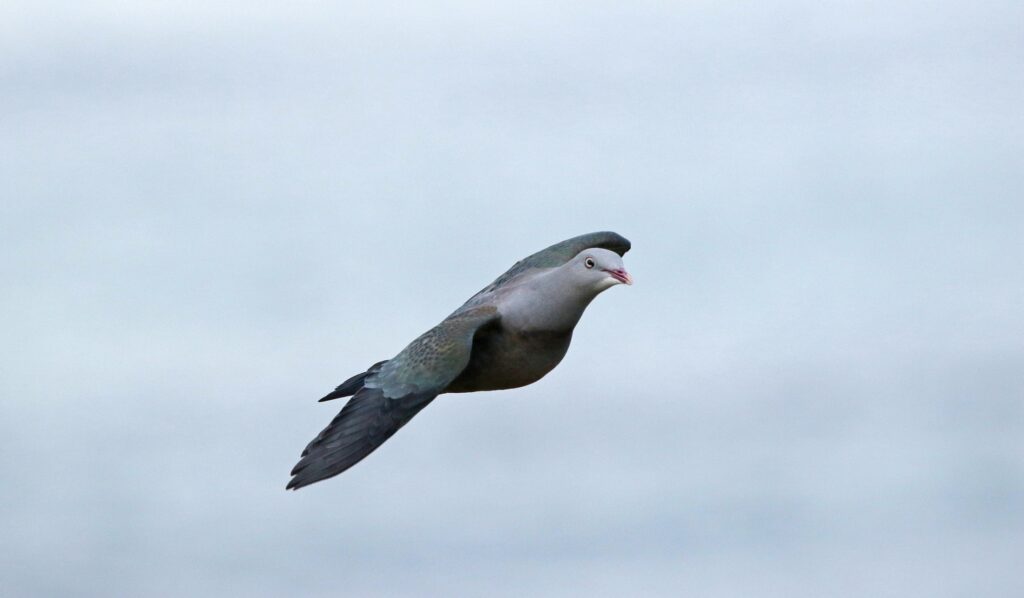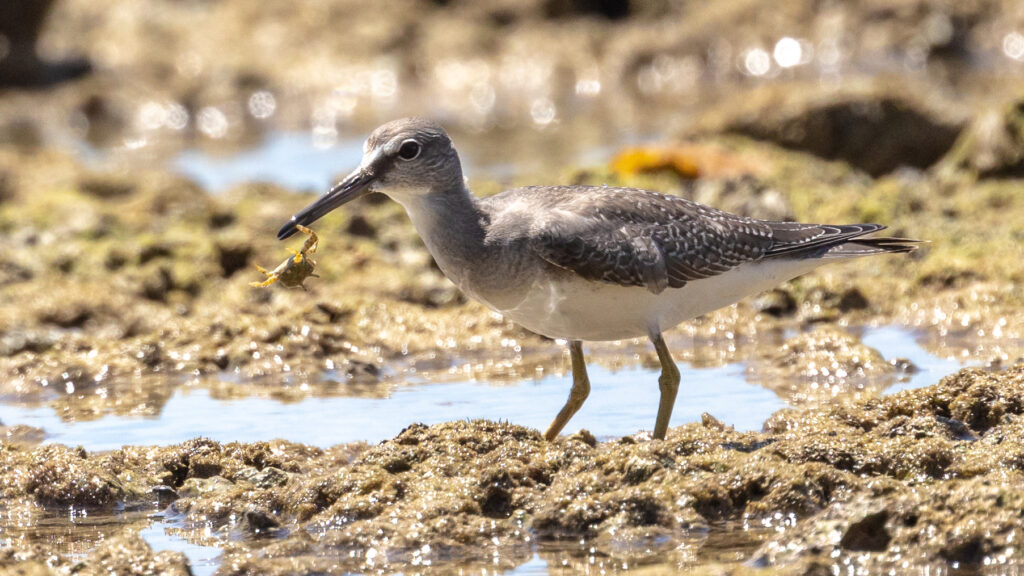Text by Henrylito D. Tacio
Photos courtesy of Aboitiz Cleanergy Park
“Birds are out in the open, they are colorful and they like to be seen, unlike stealthy amphibians or mammals. When you don’t see them, you know something is wrong.” – Frank Fagano, United States Agency for International Development
***
From five bird species spotted during a baseline study conducted in 2013, the number of birds seeking refuge at the ecological preserve in Punta Dumalag, Matina Aplaya, reached 100 in 2020.
Once a grassland, the 8-hectare Aboitiz Cleanergy Park “has now become a haven for endemic and migratory birds, according to a recent press release issued by Davao Light and Power Co. (DLPC) Inc.
The DLPC commissioned a group of researchers from the University of the Philippines-Mindanao (UP-Min) and the University of Southeastern Philippines (USeP) – both based in Davao City – in 2013. The group spotted only five birds at that time.
In an effort to make the biodiversity conservation site more attractive to wildlife, one of the recommendations of the researchers was the planting of trees. With the help of other public and private organizations, tree-planting activities were conducted in the surrounding coastal area.
In 2016, a team of birdwatchers, including England-born birdwatcher Pete Simpson, visited the park and documented 25 bird species at the park.
“At that time, the Pink-necked Green Pigeon (scientific name: Treron vernans) was first photographed at the Aboitiz Cleanergy Park. The said bird lives in a wide range of forested and human-modified habitats and is particularly found in Southeast Asia.
Since then, the number of endemic and migratory birds has continued to rise, and by 2020, the number has finally reached 100.
“What was really interesting is the sighting of the Pied Imperial-pigeon (Ducula bicolor) at the park,” Brenda Milan, a Dabawenya birdwatcher and photographer, was quoted as saying.
The relatively large, pied species of pigeon inhabits coastal forests on small offshore islands, only making occasional forays to mainland areas to hunt and sleep.
“Maybe something happened in their traditional roosting area, or where they regularly settle or congregate to rest, and they found Cleanergy Park a safer preserve,” Milan explained.
Avian migration is a natural phenomenon, and it happens when the areas they thrive are no longer conducive for living.
“Migratory birds fly hundreds and thousands of kilometers to find the best ecological conditions and habitats for feeding, breeding and raising their young,” explains the website worldmigratorybirdday.org. “When conditions at breeding sites become unfavorable, it is time to fly to regions where conditions are better.”
Another notable finding at the park is the annual visit of the spotted imperial pigeon (Ducula carola). “The nesting records of the Pied Imperial Pigeon are impressive for an urban park. A small flock was first seen in 2019 and they are now residents in the park, recently confirmed to be nesting,” Simpson said.
The spotted imperial pigeon, also known as the grey-necked imperial pigeon, is a species endemic to the Philippines. This type of bird lives in forests and forest edges but goes down to the limestone shorelines, possibly to feed or to replenish the salt content needed by its body.
“I think the birds feel safe at the Cleanergy Park. There are very few people moving around in the area,” Milan said on how the park can be considered a safe haven for birds that are displaced from their natural habitat.
“The security personnel control the number of people coming in and out of the area and prevent hunting, making the park a rare oasis of safety for the birds in Davao City,” said Simpson, noting that these wild species of birds are hunted everywhere in the country despite laws banning the said activity.
Vulnerable species like the spotted imperial pigeon, for instance, are threatened by habitat loss and hunting and are protected under Republic Act 9147 or the “Wildlife Resources Conservation and Protection Act.”
Simpson, a member of the Wild Bird Club of the Philippines-Davao, said the park is an excellent site for bird-watching. “In terms of urban bird-watching sites, Cleanergy (Park) is, by far, the best in Davao City, and I would say it’s one of the best urban bird-watching sites in the whole Philippines,” the Philippine News Agency (PNA) quoted him in 2020.
Of the 100 spotted birds in the park, around 20 of them are considered migratory. “Some of them are vagrant birds that were only seen once at the site – rare birds,” PNA reported.
Sabin M. Aboitiz, Aboitiz Group president, and chief executive officer, was very pleased with the number of birds spotted in the park. In the PNA report, he was quoted: “The existence of nearly 100 bird species… is a remarkable achievement that reflects the Aboitiz Group’s strong commitment to sustainability and preservation of an environmentally-vital site in Davao and Mindanao.”
The DLPC is an AboitizPower subsidiary and Aboitiz Foundation Inc.
In a statement, Rodger Velasco, president, and chief operation officer of DLPC, also said: “We’re happy to know that our conservation efforts have paid off. We thank our partners for supporting the Aboitiz Cleanergy Park by regularly conducting coastal cleanup and tree planting activities to maintain the natural habitat of these birds.”
Currently, the total number of endemic and migratory birds that regularly visit the park is 105. Aboitiz Cleanergy Park is now not just known as one of the nesting grounds of the critically endangered Hawksbill Sea turtles in the Davao Region but also as a bird sanctuary.



